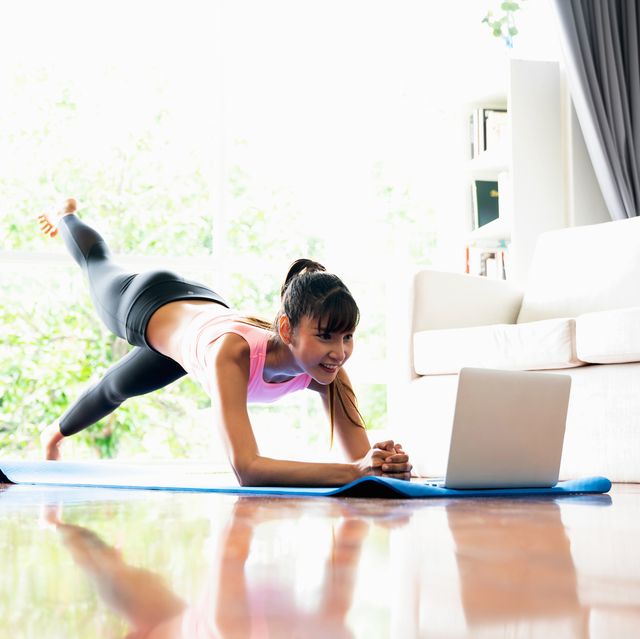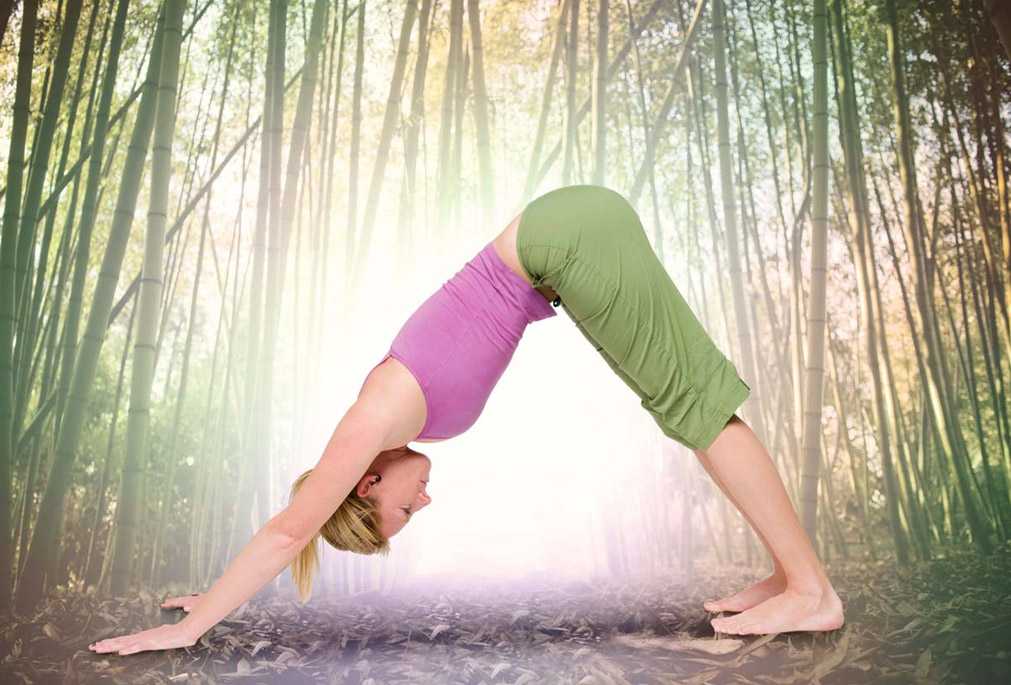
Standing leg raise is a basic pose for beginners. Stand with your legs straight and your feet apart. Reach one hand up to the heavens, looking up at your fingertips. Stand with your arms straight out. The pose can be beneficial for your back and thighs as well as your core. Before you can perform this pose properly, you should practice it for six to eight more times.
The staff pose is a seated version of the mountain pose, and it helps beginners get used to the correct alignment principles for the seated poses. You will need to lift your chest and engage your legs in order to perform this asana. This will allow your shoulders to relax, which will cause a slight bend in your knee. A prop can be placed on top of your knees to modify the position.
It's a great way of ending a yoga session. This is a great pose to get started if your first yoga session is not over yet. It's important to keep your hips high and stretch your heels toward the floor. While you don't need your heels to touch the floor it will stretch your outer hips. For a more comfortable experience, bend your knees so your hips remain parallel.

The corpse pose is a great transition pose. Although it is difficult for beginners to get your body to remain still, it will become easier over time. To get the most out of your practice, give yourself plenty of time and dedicate a few minutes each day to reviewing your posture. Regular practice will bring you both mental and physical benefits. Daily yoga practice has many benefits.
For beginners, the triangular pose is one of most preferred. It strengthens your chest, hamstrings and improves your posture. This is a great starting point for anyone who wants to learn yoga. Seated Spinal Twist: This is another popular beginner yoga pose. This stretch helps strengthen the legs while strengthening the spine and upper back. It also helps to strengthen the back.
The twist pose can be a great introduction to twists in yoga. The twists lengthen the lower leg and relieve back tension. Although this pose is difficult for those with back problems, it can help strengthen your legs, build your back, and strengthen your legs. This is a good exercise for beginners. Try the child's pose to help you get started if you don't know where to start. Once you learn the cat, you'll be able to do it in any position.
For beginners, the forward bend is a great pose. It's an all-over stretch, which helps stretch the hamstrings and calf muscles. When you are practicing yoga, it is important to focus on the bridge position. It will help you balance better and increase flexibility. It can be difficult if your are not familiar with basic yoga. However, you'll gain the confidence you need to practice this pose with a teacher.

The child's pose is an important pose for beginners. It will improve your strength and body alignment. Many yoga poses for beginners can be built on each other. It is important to begin with the basics before you move on to more advanced poses. Keep practicing! And remember that these are not the only poses for beginners. These can be altered to suit your needs.
A popular beginner yoga position is the downward dog. The intention of this pose is to strengthen the spine. To make this pose easier, you need to stretch the thighs and shoulders. Then, bend the arms at the sides and release them. The pose should be held for no less than thirty seconds. To improve your movement, you can try different versions of the pose. You can then practice the beginner poses until mastery.
FAQ
Is it true that overeating protein causes kidney stones?
Protein helps maintain healthy bone and tissue. Consuming too much protein can result is calcium excretion via urine. In turn, this can result in kidney stones.
It's important to note that not everyone gets kidney stones after eating more than 2 grams of protein per kilogram (2.2 pounds) of body weight. People can eat large amounts of protein and not get kidney stones.
You can prevent kidney stones by watching your sodium consumption. Sodium is important for maintaining the body's water balance. Too much sodium results in a higher risk of developing kidney stones.
If you have kidney stone, you might also consider reducing your protein intake. The majority of adults need protein for half their daily caloric needs. Reduce your intake of protein and you will likely lose weight.
If you do decide to eat more protein, don't go overboard. Do not eat more than 20% of your daily calories from protein.
Do I have the obligation to exercise every day or just on occasion?
No! No! This means that you should be able to walk fast enough to feel slightly out of breath, or bike hard enough to sweat.
Which dietary supplements are good for weight loss.
Exercise and diet are key to losing weight. Some people find certain supplements helpful.
Some studies suggest that omega-3 fatty acids may help with weight loss. Omega-3s, essential fats, are critical for brain function and cell membrane health. They are found in fish like salmon, tuna, shrimp and cod liver oil.
Green tea is being studied for its potential benefits in weight loss. Green tea has catechins, which are antioxidants that can help increase metabolic rate and encourage weight reduction.
Statistics
- An estimated calorie range for moderately active adult males falls between 2,200 to 2,800 calories per day, depending on age. (eatright.org)
- Candidates and applicants must pass all four tests at 70% (minimum level) to graduate from Basic Deputy U.S. Marshal (BDUSM) Training. (usmarshals.gov)
- By John Thompson Take a whopping 38% off a set of PowerBlock Pros. (menshealth.com)
- According to the American Heart Association, blood pressure should be checked at least once every two years, beginning at age 20. (my.clevelandclinic.org)
- Are You One of the 20% of Guys (mh.co.za)
External Links
How To
How to Eat Well with Men
Instead of eating three large meals a day, eat small meals. You will spend less time consuming food and your stomach. Later, you'll be less likely overeat.
Before bed, avoid snacking. Do not eat after midnight. You may wake up hungry and overeat next day.
Take a snack about an hour before you go to bed.
Avoid "snack attacks," where you grab something to eat whenever you feel hungry. This is especially dangerous if you're already overweight.
You should ensure that your meals are balanced. Skip breakfast for lunch and dinner.
Cut back on calories if weight loss is a problem.
Reduce your intake of alcohol, nicotine, and caffeine. Both can impact the way your body processes nutrients.
Get enough rest. Sleep deprivation makes people crave junk food.
Exercise regularly. Exercise can boost your mood, improve energy levels, and reduce calories.
Take care of your emotions. Stress can lead overeating or weight gain.
Learn how to relax. Meditation and yoga are great ways to relieve stress and anxiety.
Keep track of all the food you eat. Notify your family about everything you eat.
Remember to take supplements! Vitamins and minerals are often not enough for men to stay healthy.
You should take a multivitamin each day. Multivitamins can be used to prevent deficiencies in key vitamins, minerals and other nutrients.
Consider taking a vitamin D supplement. It keeps your immune system strong, and helps to prevent scurvy.
Include zinc in your daily diet. Zinc deficiency can cause impotence.
Get enough water. Your fluid intake should not exceed 1.5 liters per day (roughly 4 cups).
Limit salt. Salt can raise blood pressure and lead to heart disease.
Avoid trans fats. Trans fat has been linked a higher rate of obesity, diabetes, and other heart diseases.
Best Male Enhancement Pills for 2018 - The Best Male Enhancement Supplements Reviews
There are many types of male enhancement products today. While some work well, others are not as effective. This article aims to give you some information about the best male enhancement pills that actually work.